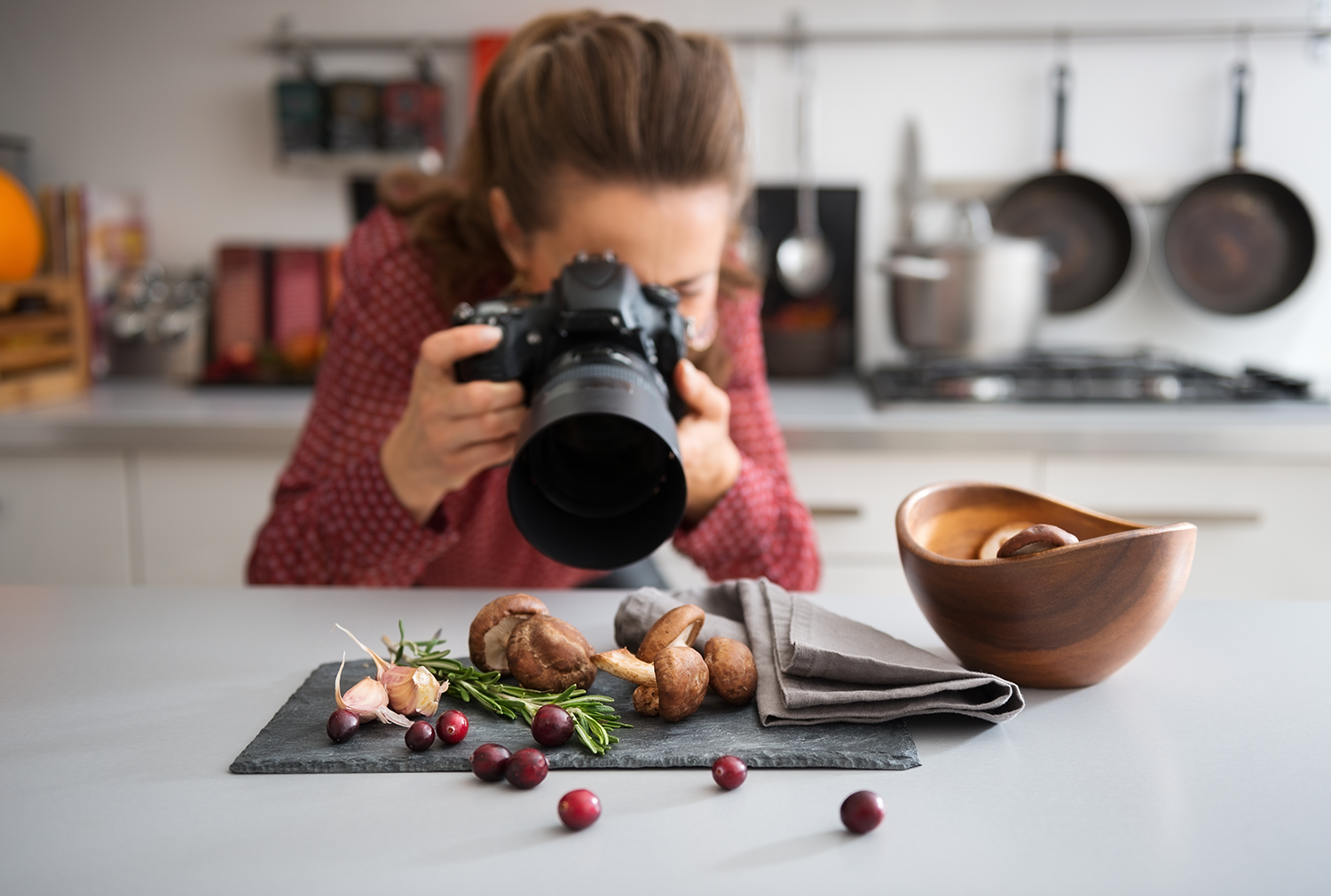Flip or Flop
Food trends may be big, world wide and long lasting. They may also be more of a fashion or a temporary hype around an ingredient or a phenomenon. Here we present a few findings
where we are more uncertain regarding whether they’re right or whether they’re here to stay. But they’re hopefully interesting and thought provoking. What do you think? Is the phenomenona trend or will it be a flop?
Energy-saving
Along with general inflation and high energy prices, we are seeing new behaviours that we have barely heard about. The people who use food banks in the UK have started turning down potatoes and other root vegetables. They can no longer afford the heat to cook such produce. “Heat or eat” is a trending term and hashtag.
Food companies have also realised that high preparation costs can dampen consumer interest. Barilla provides tips on how to cook pasta in an energysaving way.

Even more affluent households are now aware of how much electricity they use when they prepare food. When electricity was at its most expensive in the evening and priced SEK 6/kWh, consumers didn’t turn on the stove or oven, they chose cold dishes instead. And home-made granola maybe wasn’t as cheap as the bought kind. Energy-saving measures have now spread all over Europe, not least in the kitchen.
Are young people choosing farming?
The challenge of enticing young people into farming is still a big one compared to other occupations. The average age is much higher among farmers than for any other occupation in Sweden. At the same time, farmersare trending. We have precious memories of our meeting with a Gotland cheese-maker who told us about how her daughter phoned from
Nytorget on Söder in Stockholm and wanted to come home and learn how to milk cows. It would look good on her CV, she said. Her mother’s knowledge was suddenly valuable and not something to be embarrassed about.

We have seen similar tendencies in Japan, where young people no longer look down on their parents who are farmers. The green wave seems to exist across societies. At least city life isn’t as tempting any more. Net internal migration is now negative in Stockholm, Gothenburg and Malmö. Stockholm county even had negative net migration before the pandemic. That means that across the whole population of Sweden, more people were moving away from the big cities than into them. Because Sweden has a positive net birthrate and immigration, the cities are still growing. But it is clear that urban life no longer has the same allure. The chance to work remotely and a growing appreciation of the importance of “food in the shadow of war and conflict” may provide a breeding ground for greater interest in large-scale food production as a career. As we know, food can be produced using risk capital or by slightly more traditional methods. It should be possible to be a farmer with better working conditions than today, at least, that was one wish that was expressed at the expert meeting. Tempting young people into farming has been hard work thus far, but there is still hope. They may see it as a challenge.
For our eyes only
As social media started to be dominated by pictures, particularly on Pinterest and Instagram, it became clear how much interest there was in taking and sharing pictures of food. Since then the trend has grown stronger. The visual element is taking more and more space. Restaurants have understood how important it is to communicate with images.
This trend is now growing stronger in several ways. It used to be only tourist traps that photographed their food to tempt tourists, but the home delivery trend means that everyone has to photograph their food, even gourmet restaurants. “And if you want to sell via Foodora, you have to have images of the food”, says Amanda Kalderén of EaTable.

If you want to be noticed on social media sites like Pinterest, TikTok and Instagram, the appearance of the food is becoming more and more important. Photographing food is not just an art form for professionals, but a popular sport and occupation for everyone. Don’t be surprised if you have to wait to eat while your friends photograph the food. In the course of the study, we heard a most extreme and truly sad example. A lot of people order a meal, take a picture and then leave it all on the plate.